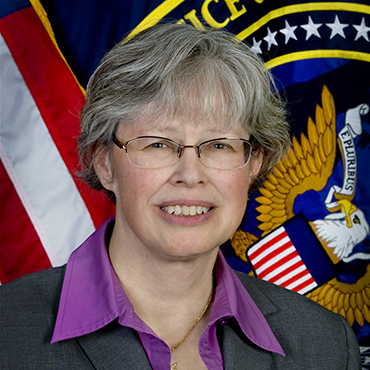Does the intelligence community have a handle on its contractor workforce?

According to a GAO report, intelligence agencies lack an accurate picture of contractors costs and mission.

Stephanie O'Sullivan, the principle deputy director of national intelligence, testified at a June 18 Senate hearing on intelligence agencies' use and monitoring of contractors.
Since 2006, the Office of the Director of National Intelligence has conducted an annual review of its use of contractor personnel in mission-critical areas such as intelligence collection and analysis, IT, cybersecurity and training. According to a report from the Government Accountability Office, there are problems with the data, which hinder its use as a tool for workforce planning and getting a handle on contractor costs.
The issue dates back to the steep reduction in intelligence community personnel as part of an overall downsizing in the 1990s. In the years after the Sept. 11 attacks, intelligence agencies relied on contractors to rapidly build up in response to the threat of terrorism, and to participate in the wars in Afghanistan and Iraq. More recently, a policy letter from the Office of Federal Procurement Policy in 2011 directed the adoption of a unified definition of what constitutes an "inherently governmental function" that is outside the scope of what contractors are permitted to perform.
These functions include budget policy, direction and control of federal employees, hiring, procurement decision-making, and a few of special interest to the intelligence community, such as direction and control of intelligence and counter-intelligence operations, and combat.
According to the GAO, shifting definitions of work performed by contractors, and changes to the way the intelligence community calculated the number of full-time-equivalent workers, made it difficult to track the number of core contracting personnel, how much they were paid, and how this changed over time. (The precise headcount and budget for feds and contractors are classified information.) The GAO also found that 40 percent of contract records reviewed lacked evidence to support the need for the particular expertise of the personnel in question.
These deficiencies, "when taken together ... undermine the utility of the information for determining and reporting on the extent to which the civilian IC elements use core contract personnel," Timothy DiNapoli, the GAO's Director for Acquisition and Sourcing Management, said at a June 18 hearing of the Senate Homeland Security and Governmental Affairs committee.
"There isn't a right number of a core contractor for the intelligence community," Stephanie O'Sullivan, principle deputy director of national intelligence, told the senators. "The numbers and skill sets have to be fluid to support and manage our government workforce's gaps as they emerge and as we close them and respond to dynamic mission needs."
The ODNI review of contractors is not meant to be an audit-ready document, O'Sullivan said. It was devised a way to guide and track an ongoing human resources conversation about how much agencies were using contractors, and what functions are best filled by full-time feds. She noted that every hiring of a federal employee is potentially a 30-year commitment and that in many cases, especially with needs that might be transient, contractors fit the bill better than feds.
The ODNI and the civilian intelligence community elements under review have agreed to be more transparent with Congress about adjustments to the methodologies it uses to count its core contractor workforce, and to better capture the nature of the work contractors are performing. ODNI also plans to institutionalize some of these changes in its next iteration the Intelligence Community Directive 612, which establishes policy for using core contracting personnel.
Monitoring continuous monitoring
Separately, O'Sullivan said the intelligence community is making progress on plans to institute continuous monitoring for holders of top secret clearances, rather than periodic review.
ODNI is building on a pilot project conducted by the Army, and plans to have five percent of its TS/SCI (top secret/sensitive compartmented information) cleared personnel subject to continuous monitoring by the end of 2015. Intelligence agencies are augmenting this with random audits of employees' IT systems use, O'Sullivan said.
While continuous monitoring has wide support in the intelligence community, Sens. Ron Wyden (D-Ore.) and Chuck Grassley (R-Iowa) are concerned about the consequences of making congressional aides subject to monitoring.
"While the Executive Branch is responsible for conducting background checks for congressional staff in the normal course of approving their security clearances, any continuous evaluation or monitoring of holders of clearances in the Legislative Branch by the Executive Branch would raise serious issues related to the separation of powers and potentially violate fundamental privileges of the Legislative Branch guaranteed in the Constitution," the two senators wrote in a June 18 letter to Director of National Intelligence James Clapper.
The intelligence bill passed last week by the Senate would give Clapper the authority to establish standards for continuous evaluation for holders of security clearances.
NEXT STORY: Cyber staffing and NOAA mapping






